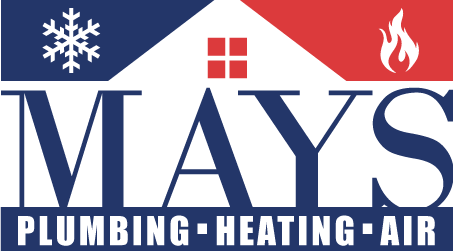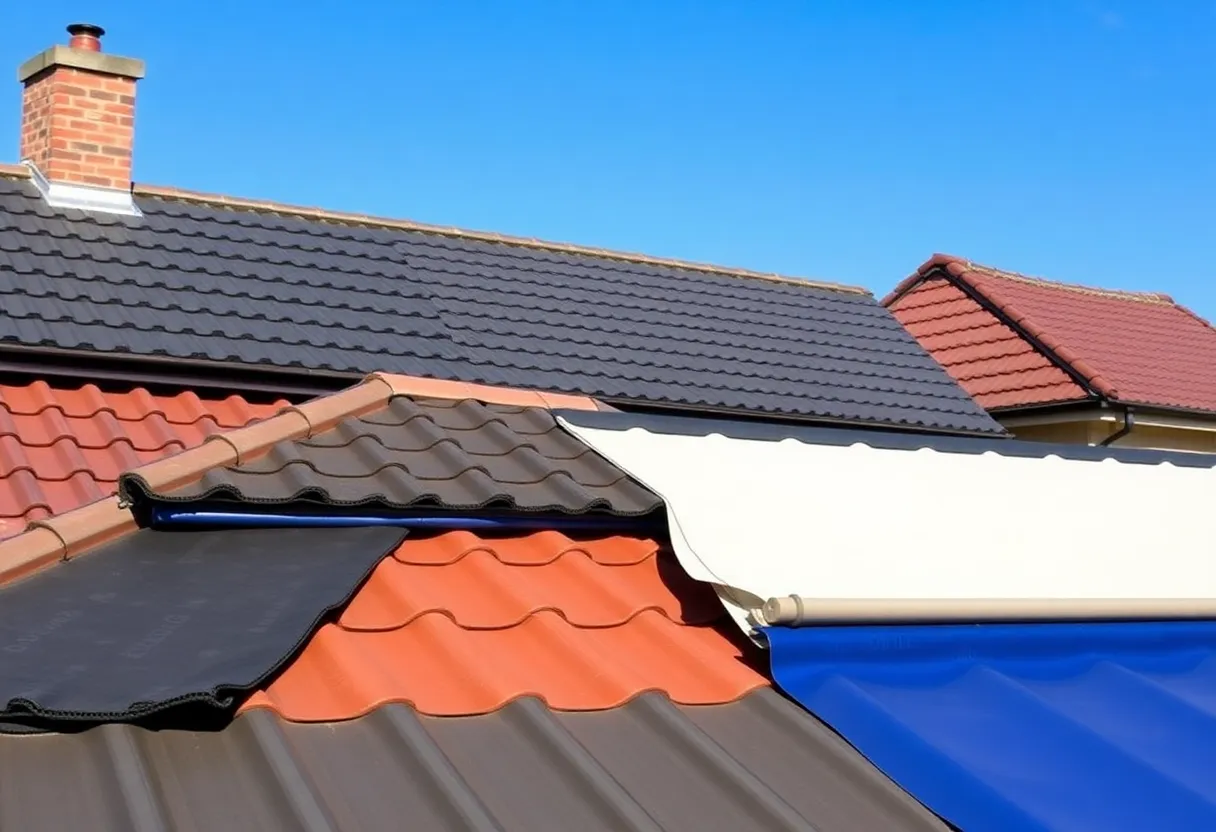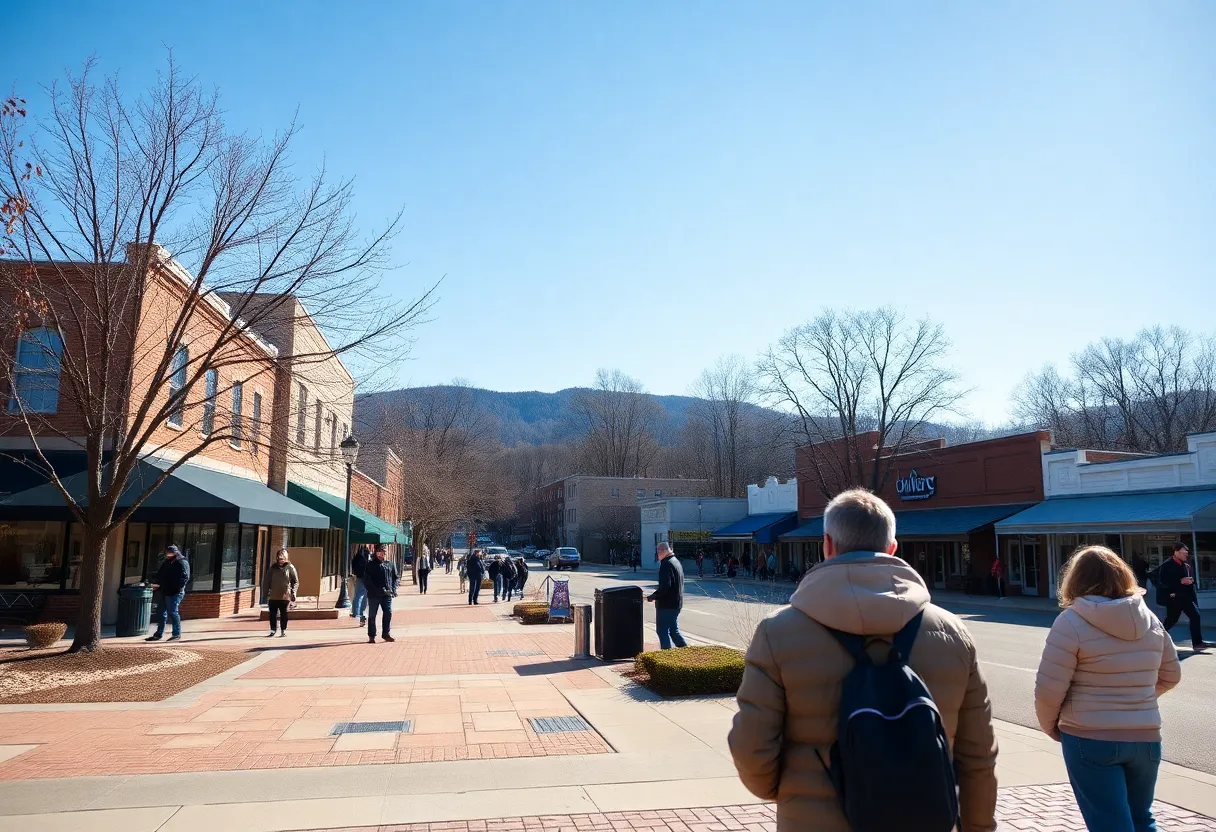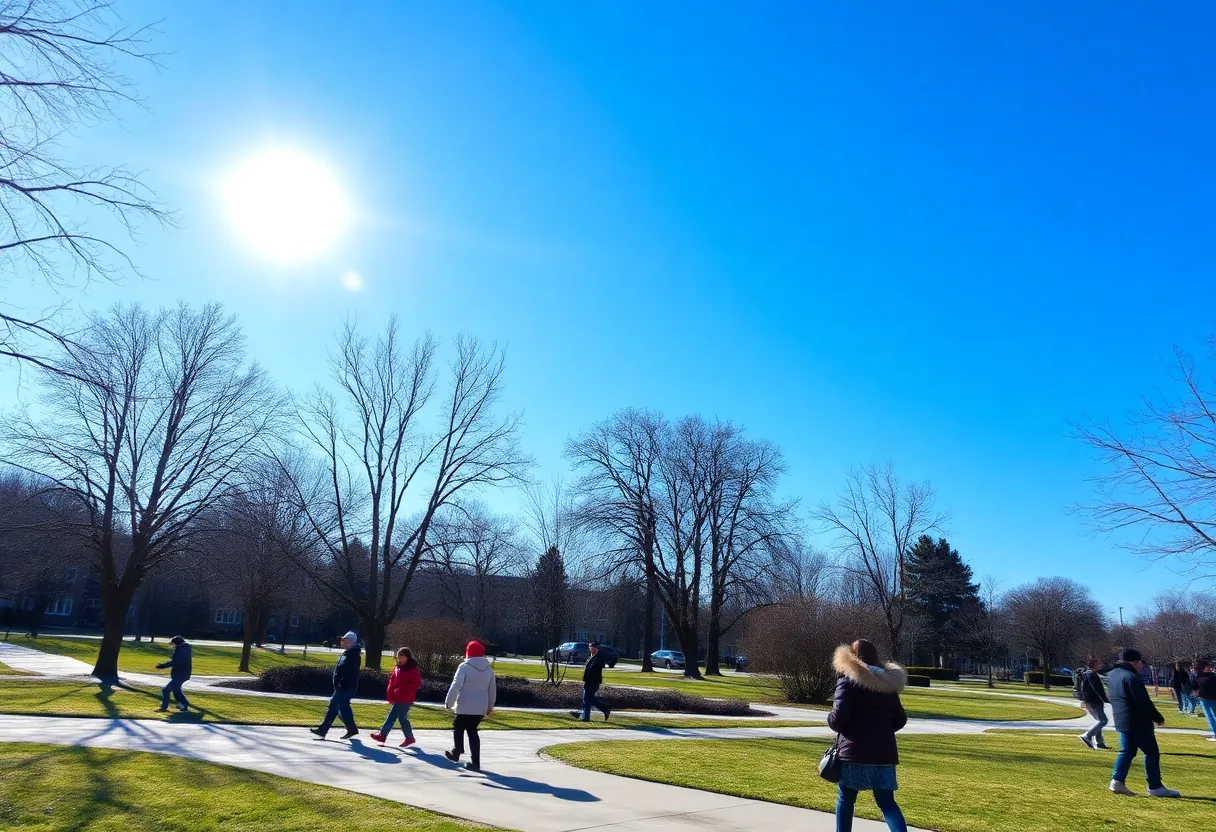How to Choose the Right Roof Membrane for Maximum Protection and Durability
Choosing the appropriate roof membrane is a critical decision for property owners. A suitable membrane can significantly enhance the durability and protection of your roofing system. This guide will provide a wealth of information on the various options available, factors to consider, and essential tips to ensure you make the best choice.
Understanding Roof Membranes
Roof membranes serve as barriers that protect against the elements. They can be categorized into two primary types: single-ply membranes and multi-ply systems. Each type has unique benefits and considerations that can play a pivotal role in your roofing project.
Single-Ply Membranes
Single-ply membranes consist of a single layer of synthetic materials. They are lightweight and easier to install. Common types include:
- EPDM (Ethylene Propylene Diene Monomer): Known for its outstanding resistance to weathering, this membrane excels in durability.
- TPO (Thermoplastic Polyolefin): Offers high reflectivity, energy efficiency, and is resistant to UV rays.
- PVC (Polyvinyl Chloride): Recognized for its durability, it is also a preferred choice for roofs with a significant amount of traffic.
Multi-Ply Systems
Multi-ply systems, such as built-up roofs (BUR), involve several layers of materials. These offer excellent strength and roofing longevity, making them suitable for flat and low-slope roofs.
Factors to Consider When Choosing a Roof Membrane
Selecting the right roof membrane goes beyond merely choosing a material. Several factors must be assessed to maximize protection and durability.
1. Climate
Your local climate significantly impacts the performance of a roofing membrane. Areas prone to heavy rainfall or snow may require materials with superior waterproofing capabilities. In regions with high temperatures, UV resistance becomes crucial.
2. Roof Slope
The pitch or slope of your roof also influences the membrane choice. Flat roofs may benefit more from single-ply systems that offer efficient drainage, whereas steep roofs might better support multi-ply systems.
3. Building Use
The function of the building plays a key role in membrane selection. Commercial buildings with heavy foot traffic may require more durable materials, while residential structures may focus on aesthetics and energy efficiency.
4. Budget
Cost is often a significant concern. While some materials may boast lower initial expenses, consider the long-term investment. A more expensive membrane may offer better longevity and require less maintenance, thus providing better overall value.
Evaluating Membrane Performance
To ensure that you’re choosing a roof membrane that will provide the best protection and durability, it’s essential to evaluate their performance characteristics.
1. Weather Resistance
Examining how well a membrane can withstand various weather conditions is vital. Look for materials that provide resistance to not only UV radiation but also ponding water, high winds, and temperature extremes.
2. Longevity
Roof membranes vary significantly in expected lifespan. Some membranes, such as EPDM, can last for up to 30 years or more, while others may have a shorter lifespan. Understanding the longevity of each material will guide you in making a sound investment.
3. Maintenance Requirements
Less maintenance translates to long-term savings. Consider membranes that require minimal upkeep, thus reducing potential repair costs and downtime.
4. Energy Efficiency
Energy-efficient membranes can significantly influence your building’s cooling and heating costs. Opting for reflective materials can help lower energy expenses, especially in warm climates.
Installation Considerations
Correct installation is critical for the longevity and performance of any roof membrane. The following points should be considered during installation:
1. Choosing a Qualified Contractor
Hiring a professional contractor with experience in installing the specific type of membrane is essential. They should be familiar with local building codes and manufacturer recommendations.
2. Pre-Installation Assessment
A thorough inspection of the underlying structure is critical. Ensure that the roof decking is sound and clean, as any defects can lead to premature failure of the membrane.
3. Preferred Method of Application
Membranes can be installed via various methods such as mechanically attached, fully adhered, or ballasted systems. The choice of application will depend on the specific requirements of the membrane and the roof’s characteristics.
Common Mistakes to Avoid
When selecting and installing roof membranes, certain common mistakes can affect performance and durability:
1. Neglecting Local Regulations
Do not overlook local building codes and regulations. Compliance is essential for the longevity and legality of your roofing system.
2. Cutting Corners on Preparation
Investing time in the pre-installation phase pays off in the long run. Inadequate preparation can undermine even the best materials.
3. Ignoring Warranty Terms
Understanding warranty terms is crucial. Some warranties may require specific maintenance protocols to remain valid. Familiarize yourself with these requirements.
Conclusion
Investing time in selecting the right roof membrane is essential for maximum protection and durability. Consider factors such as climate, roof slope, building use, and budget. Evaluate performance characteristics, hire a qualified contractor, and avoid common mistakes during installation. By following these guidelines, you will enhance the longevity and efficiency of your roofing system, ensuring it serves its purpose effectively for years to come.
Author: HERE Greenwood
The GREENWOOD STAFF WRITER represents the experienced team at HEREGreenwood.com, your go-to source for actionable local news and information in Greenwood, Greenwood County, and beyond. Specializing in "news you can use," we cover essential topics like product reviews for personal and business needs, local business directories, politics, real estate trends, neighborhood insights, and state news affecting the area—with deep expertise drawn from years of dedicated reporting and strong community input, including local press releases and business updates. We deliver top reporting on high-value events such as the Festival of Flowers, Greenwood Community Theatre performances, and agricultural showcases at the Greenwood County Fairgrounds. Our coverage extends to key organizations like the Greenwood Chamber of Commerce and the Greater Greenwood United Ministry, plus leading businesses in manufacturing and healthcare that power the local economy such as FujiFilm Manufacturing and Self Regional Healthcare. As part of the broader HERE network, including HERECharleston.com, HEREColumbia.com, HEREGreenville.com, and HEREHiltonHead.com, we provide comprehensive, credible insights into South Carolina's dynamic landscape.




 Mays Contracting
Mays Contracting

